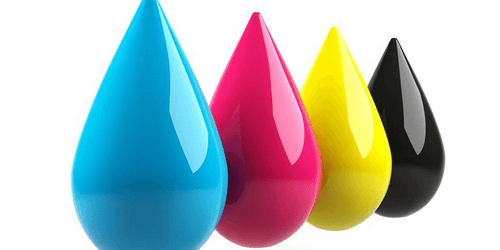Use release agent to solve defoaming agent foam
As the types of defoamers increase, I don’t know which type of isolation agent to choose to solve the foam problem. I am worried that the defoamer I use is not effective, the defoaming is not fast enough, the foam suppression is not long enough, and the isolation agent will float oil and affect metal cutting.
This concern does not need to be worried, because when the isolation agent has foam, the editor already knows how to solve this problem. Let us first understand the cause of foaming. When the isolation agent is added, due to the formation of surfactants on the surface, the isolation agent is used for internal combustion. It is necessary to spray it into a mist, and a large amount of air will inevitably be mixed in. The surfactant wraps the gas into it to form a stable foam. To solve these foams, the addition of isolation agent defoamers is needed.
Isolation agent defoamers are targeted defoamer products that can quickly defoam in a short time and will not foam for a long time. When the defoamer is dripped into the product, the foam will spread rapidly and penetrate into the bubbles. It is completely compatible with the cutting fluid and will not affect the basic properties of the foaming system.
The addition amount of isolation agent and defoaming agent is 0.05%~0.3%, but the most economical dosage should be determined after process testing; it can also be used after being evenly mixed with other powdered additives.







